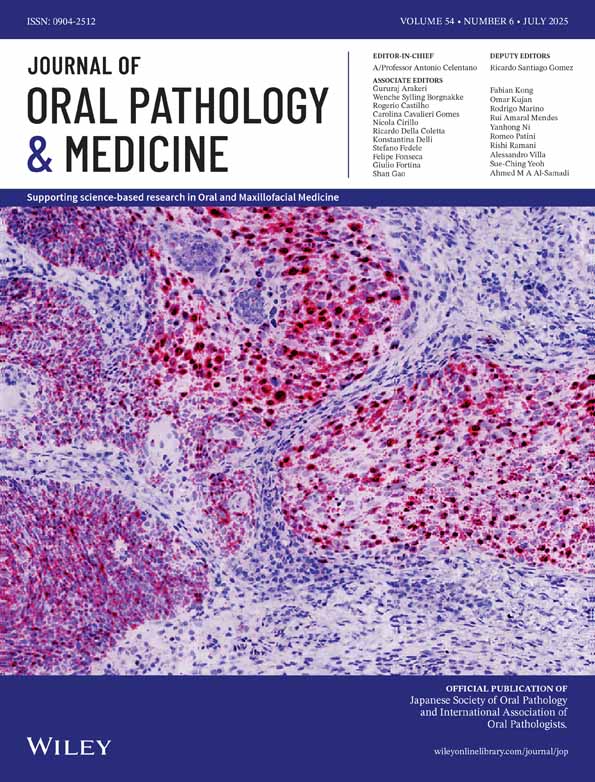Enamel defects in primary and permanent teeth of children born prematurely
Abstract
Abstract: The objective of this study was to determine the prevalence of enamel defects in both primary and permanent dentitions of the same preterm children, and to elucidate the role of early dietary mineral and vitamin D intake in the etiology of the enamel defects. The status of the primary and permanent teeth was evaluated in 32 preterm children and in 64 control children. The prevalence of enamel defects in children born preterm was clearly higher as compared with controls in both the primary (78% vs 20%, P<0.001) and permanent (83% vs 36%, P<0.001) dentitions. Neither the mineral supplementation used nor a vitamin D dose of 1000 IU/day, as compared with a lower dose of 500 IU/day, reduced the prevalence of enamel defects in the primary or permanent dentitions. Further studies are needed to clarify whether achieving near optimum intra-uterine mineral retention would lower the prevalence of subsequent enamel defects in infants born prematurely.




